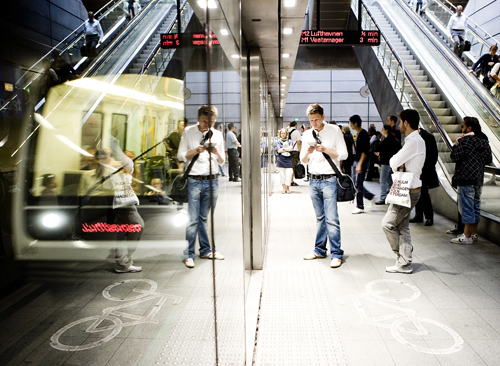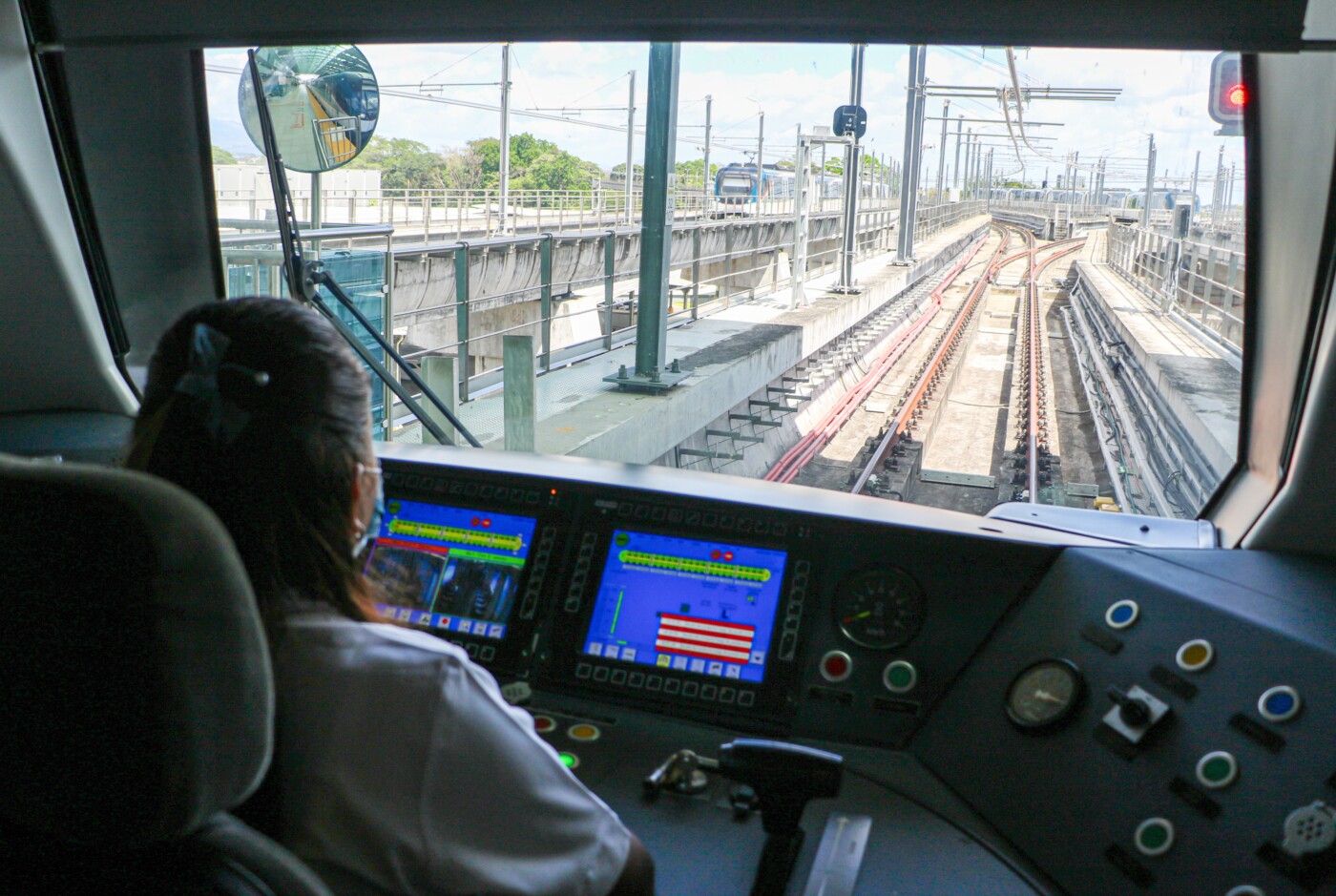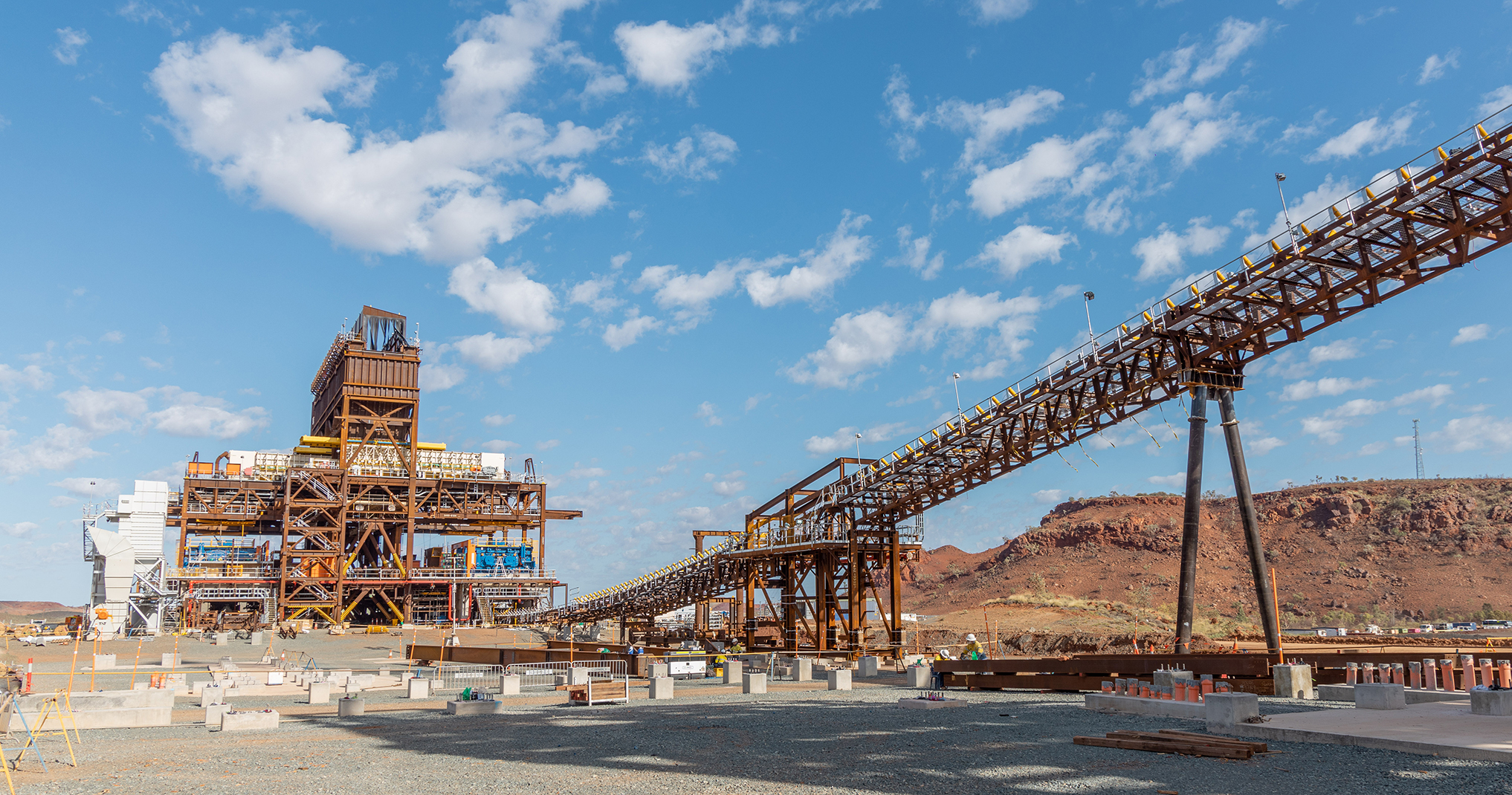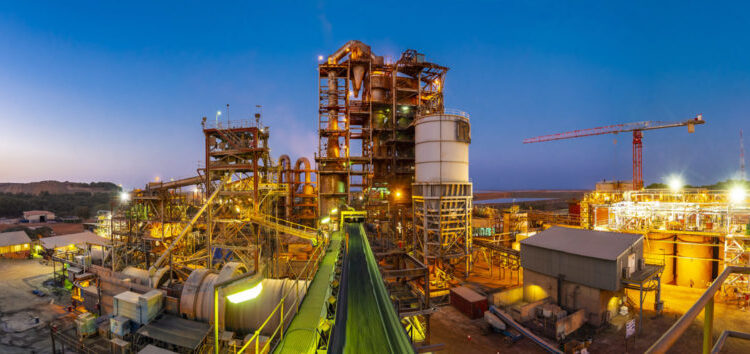
Founded in the 10th Century, Copenhagen became the capital of Denmark in the early 15th Century and is today the country’s most populous city, with figures as of October 2013 recording it having an urban population of over 1.23 million and a metropolitan population of 1.97 million. The cultural, economic and governmental centre of Denmark, the city has played host to considerable urban and cultural development in the last several decades which has been facilitated by investment in its institutions and infrastructure.
The investment in Copenhagen’s infrastructure has seen its transportation network become a hub within Northern Europe, a network which includes road, rail, an international airport and the Copenhagen Metro.
The origins of Metro Copenhagen date back to the early 1990s when plans for its construction first started to be considered. It was in 1997 that an agreement on an overall master plan was signed, with an international tender process leading to ground being broken that same tear. Five years on the first phase was opened to revenue service, with extensions being unveiled in the years that followed. Today the Metro boasts 22 station situated over 21 kilometres of line, upon which a fleet of 34 vehicles operate.
“The establishment of Metro Copenhagen bore immediate success and helped usher in a new era of public transportation in the city. It has since gone on to contribute towards the growth of Copenhagen, which in turn has resulted in plans to expand the Metro system itself across the city,” states Henrik Plougmann Olsen, Chief Executive Officer of Metroselskabet, the company owned by the Ministry of Transport and Copenhagen and Frederiksberg municipalities, which is responsible for building the ambitious Cityringen project that will once again transform the Metro network.
Founded in 2007, Metroselskabet has more than 200 employees and is responsible for the daily operation of the existing metro and for the construction of new lines. “It is very much a dual task that we are performing in Copenhagen,” Olsen continues. “Our primary task is to ensure constant high-quality, frequent public transport, a side effect of which is the generating of further growth within the city.”
The existing two-line Metro in the city continues to increase in popularity and usage, and understandably this has resulted in considerable demand for more lines and stations. The answer to this demand was in fact agreed back in 2007 when the Danish Parliament, Folketinget, and the municipalities of Copenhagen and Frederiksberg decided on building a new route that was called Cityringen. The contract for this route was signed in January 2011, with principle construction work commencing that summer.
The project itself comprises a circular underground line within the city, closely modelled on the existing metro with the same high-frequency service and short trains. The contract covers 15.5 kilometres of twin bored tunnels and last year the first Tunnel Boring Machine (TBM) started the tunnelling from one of the three shafts 40 meters underground at the work site of Nørrebroparken. By 2018 the completion of the Cityringen line and its 17 new stations will almost double the number of metro stations in the Danish capital and will result in a scenario whereby 85 percent of all residents of Copenhagen will have a station within 500 metres of their homes or places of work.
The development of Metro Copenhagen in recent years has resulted in several landmark moments that have made the city’s network a pioneering model compared to others throughout the world. Arguably the two most significant and impressive characteristics of the Metro, ones that have captured the attention of other providers hoping to replicate their fortunes, has been the adoption of both a 24 hour service and the use of driverless vehicle technology.
Initially, 24 hour operations were limited to weekend travel only, however this has since been extended to cover the entire week following a period of public consultation. The result is a Metro system providing a virtually continuous service for Copenhageners with an “always on” concept, where the presumption by users is they can just turn up, day or night and expect a reasonably short wait for the next train without needing to consider timetables or schedules, and have a consistently short journey time.
Meanwhile, the adoption of driverless technology was unquestionably a daring decision, one which represents a major departure from the traditional forms of rail transport that were already operating in Denmark, and indeed throughout the world.
“Metro Copenhagen was one of, if not the first Metro in the world to introduce a driverless system,” Olsen explains. “While it was a bold decision to take it has been extremely successful in that the decoupling of staff from trains has resulted in a flexible demand driven service, as opposed to a resource driven one. It has also allowed us to provider a greater degree of exposure to customers for a particular number of staff, thus offsetting the dehumanising effects of employing technology to operate the Metro.”
Turning our attention back to the Cityringen project we today find Metroselskabet in the midst of a considerable program of work. “Right now we have two TBMs driving the first stage of the tunnelling of the new line, with the first now some 800 metres advanced,” Olsen says. “By the end of 2014 we intend to have all box constructions and shafts complete, before commencing with the finishing works across all 17 new stations. In addition to these works we have almost completed the construction of the control centre and are now beginning with the installation of technical components along the line.”
Further afield in Italy the contractor tasked with building the first trains to operate along the Cityringen are working on train number 15. The progress being made across the project bodes extremely well for the completion of the works ahead of the line opening. “We plan to have the line opened and in operation by late 2018. In preparation for that we will aim to have all tunnelling, construction and installations complete by 2016, giving us a good lead in time to carry out test driving in preparation for the day Cityringen commences operations.”
Operating now for over a decade, Metro Copenhagen may still be a young system compared to others, but it continues to have a sizeable influence both within the capital itself and on the international stage where it is seen as a model for other cities planning to develop modern transit systems. There is of course also a continued focus on ways to improve the system and deliver a better service to passengers. As a matter of fact, since the contracts for the Cityringen project were signed in 2011, a new extension to the Nordhavnen area of the city has been agreed that will see the addition of new stations in a new development area of Copenhagen.
“One of our other responsibilities is to develop suggestions for new metro lines in conjunction with our owners and we currently have plans being considered from a line which will branch off from the Cityringen into the north of the city and a second that will branch off into southern areas, so the Metro will certainly be expanding in the coming months and years” Olsen enthuses.
As if that wasn’t enough, Metroselskabet has also been assigned the considerable task of constructing a 27 kilometre light railway system that will operate around the outskirts of Copenhagen. “This hugely important project will see our company being responsible for building the first light railway system in Copenhagen and indeed the first in Denmark for many years,” Olsen concludes. “Obviously this is very much in its infancy as a project, however it is without question an exciting, long-term commitment that we are proud to be a part of.”
Written by Will Daynes, research by David Brogan



 MetroCopen-Europe-T&L-May14-Bro-s.pdf
MetroCopen-Europe-T&L-May14-Bro-s.pdf









